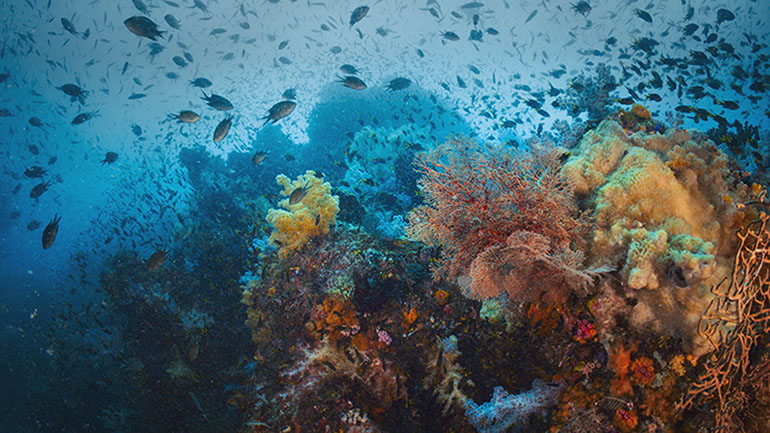
When world-renowned ecologist and coral reef researcher Mark Erdman first arrived in Raja Ampat, Indonesia, in the early 2000s, both dynamite and shark fin fishing were still going on. He describes it as if all the major valuable fish species had been fished out. But today, when we meet him in Raja Ampat, we find a completely different reef, full of sharks and small fish.
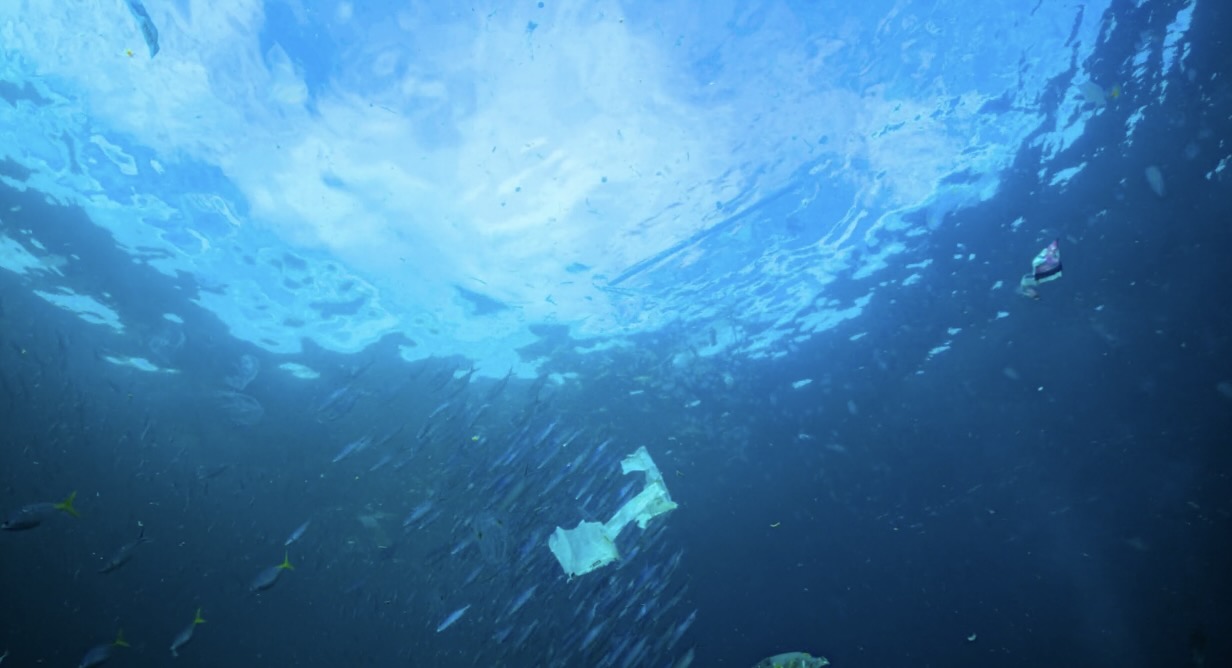
They have just arrived in what they believe and hope is paradise. Raja Ampat is located in the centre of what is known as the ‘coral triangle’, which stretches from the Philippines down to Malaysia, Indonesia and over to East Timor.
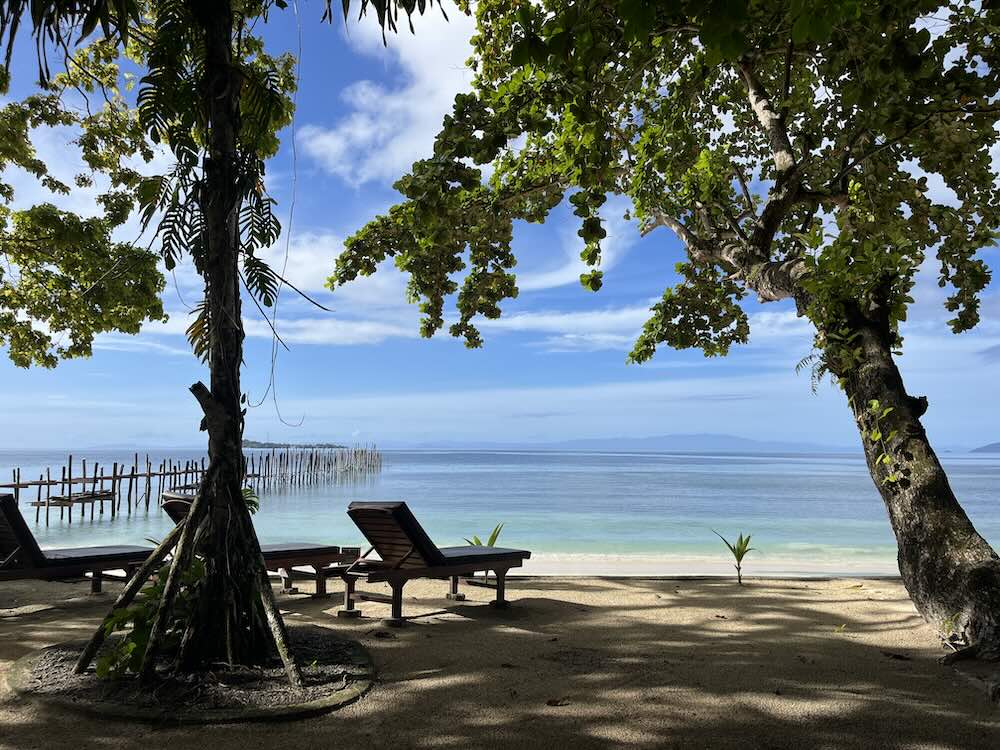
The island paradise of Raja Ampat is one of the last outposts of the Indonesian archipelago. A remote group of islands with lush white beaches surrounded by turquoise waters, a unique place characterised by its biodiversity. But even here, nature is not left alone by the human footprint. The increasing amount of rubbish in the water is becoming a growing problem with multiple bottoms.
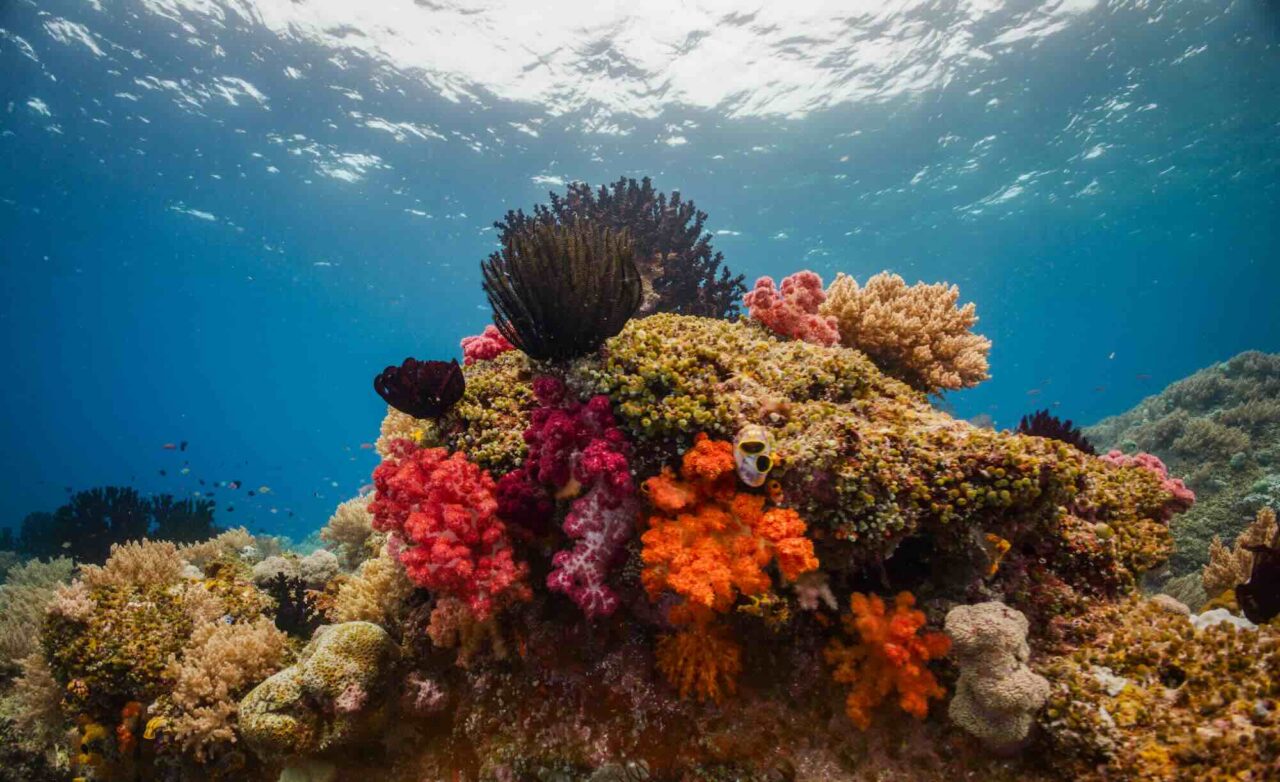
The US is cancelling $35 million in debt to Indonesia in exchange for restoring and preserving coral reefs in an area that scientists say is the most biodiverse marine area in the world.
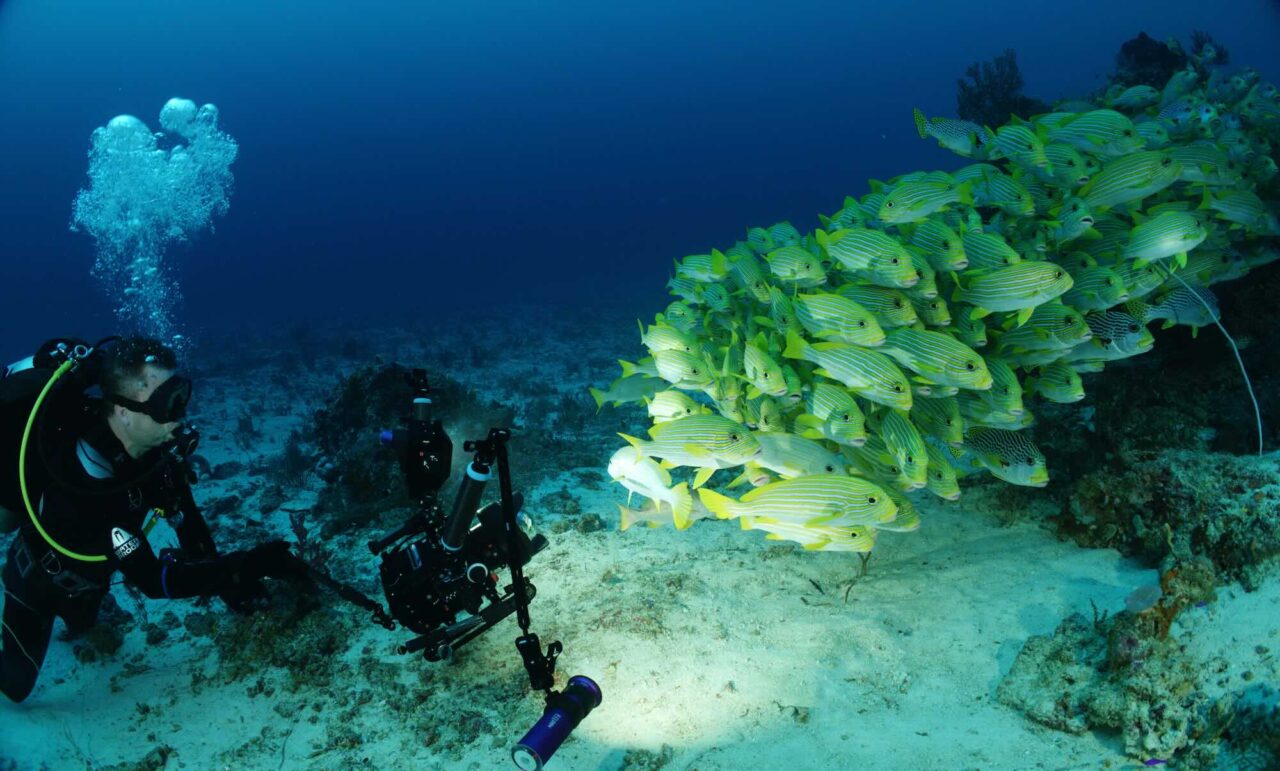
Biomass and biodiversity. Two rather dull and stiff words. But words often associated with Raja Ampat. Raja Ampat is situated west of Papua Guinea, right in the heart of what's known as the "Coral Triangle."